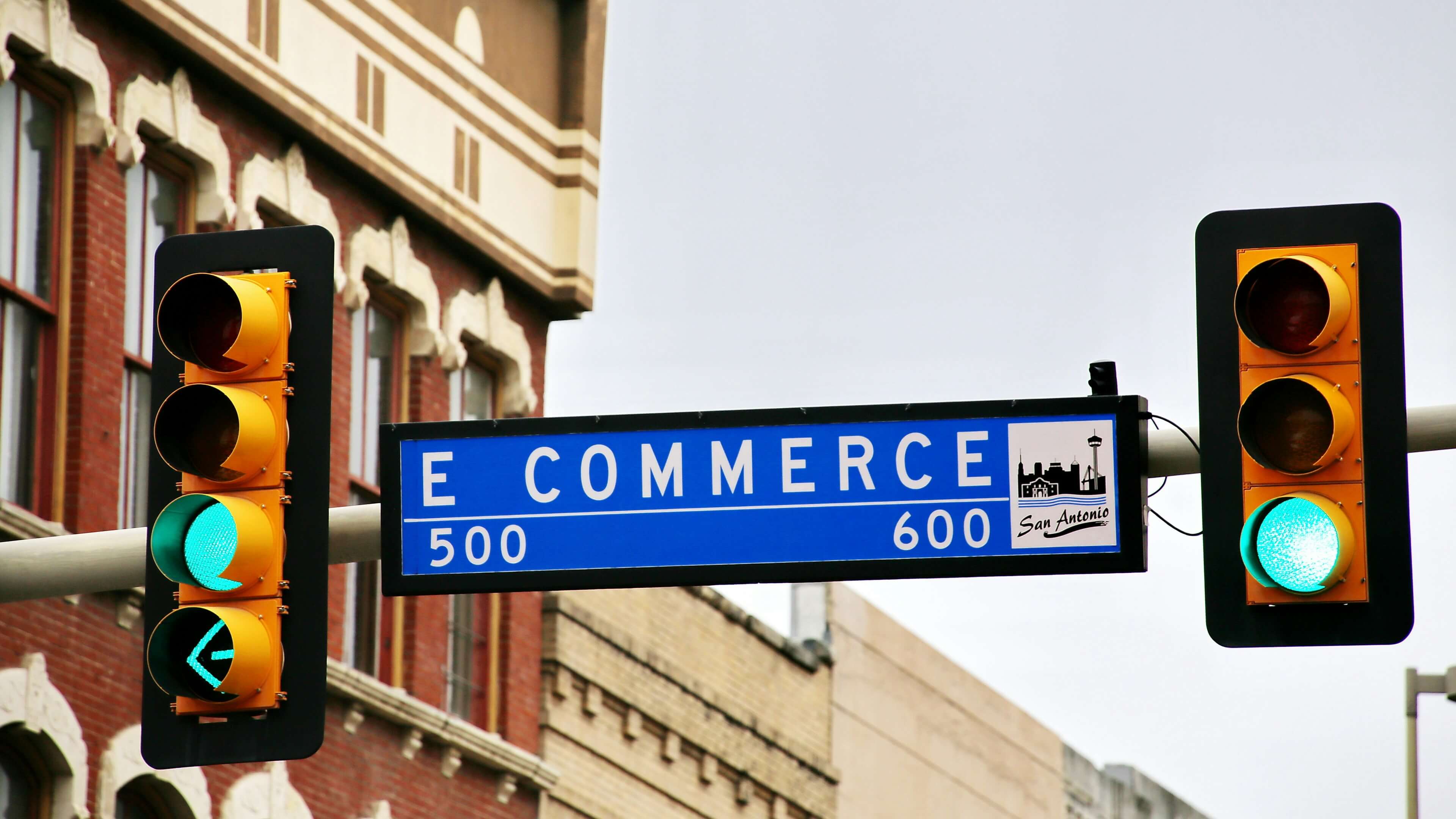Understanding Delivery Exceptions: Causes, Impacts, and Strategies for Ecommerce Success

In the fast-paced world of ecommerce, where customer expectations for speed and reliability are at an all-time high, even minor disruptions in the supply chain can have significant repercussions. One such disruption is the "delivery exception," a term that strikes concern into the hearts of both retailers and shoppers alike. According to industry data from Loqate, 62% of online shoppers have encountered delivery exceptions, and 78% expect retailers to resolve them—even if the fault lies with the carrier. With global ecommerce projected to reach $6.5 trillion by 2027, understanding and mitigating these exceptions is not just a logistical necessity but a strategic imperative for brands aiming to maintain customer loyalty and operational efficiency.
This article delves deeply into the concept of delivery exceptions, exploring their definitions, common causes, business impacts, carrier-specific handling, and actionable strategies for prevention and resolution. Drawing from insights across leading logistics providers, we aim to equip ecommerce professionals with the knowledge to transform potential setbacks into opportunities for enhanced customer service.
What Is a Delivery Exception?
At its core, a delivery exception refers to any unexpected event that temporarily halts or delays a package's journey from warehouse to doorstep. Also known as a "shipment exception," this status indicates that the carrier has encountered an issue requiring intervention, such as rerouting, additional documentation, or a rescheduled attempt. Importantly, a delivery exception does not always equate to a late or failed delivery; many packages still arrive on time after adjustments.
For instance, carriers like FedEx emphasize that exceptions are proactive flags designed to ensure safe and efficient delivery. UPS and USPS similarly use this status to communicate delays in their tracking systems, providing transparency through updates. In international contexts, exceptions often stem from customs holdups, where packages are detained for inspection or incomplete paperwork.
The key distinction here is intent versus outcome: exceptions are unforeseen interruptions, not deliberate failures. They highlight the inherent vulnerabilities in global supply chains, where human error, environmental factors, and regulatory hurdles intersect. For ecommerce brands, recognizing this nuance is crucial—treating exceptions as isolated incidents rather than systemic flaws allows for targeted improvements.
Common Causes of Delivery Exceptions
Delivery exceptions arise from a myriad of factors, often categorized into controllable and uncontrollable elements. By analyzing data from major carriers and fulfillment partners, we can identify eight primary culprits, many of which overlap across sources.
- Weather and Natural Disasters: Severe conditions like hurricanes, floods, or blizzards can render routes impassable. These "acts of God" are largely uncontrollable but can be anticipated with contingency planning.
- Address Issues: Incorrect, incomplete, or inaccessible addresses account for a significant portion of exceptions. Typos in zip codes, missing apartment numbers, or gated communities without access codes are common pitfalls. International shipments exacerbate this, with formatting differences leading to customs rejections.
- Damaged or Missing Labels: If a shipping label becomes illegible due to weather, handling, or poor application, carriers cannot scan or deliver the package. This often results in returns, with carriers like UPS noting it as a frequent cause alongside damaged goods.
- Recipient Unavailability: Packages requiring signatures—common for high-value or age-restricted items—may be delayed if no one is home. Carriers typically reattempt delivery the next day, but repeated failures lead to returns.
- Missing Documentation: Particularly for international shipping, incomplete customs forms, tariff codes, or invoices can halt progress. This is a preventable issue, yet it plagues cross-border ecommerce, where regulatory compliance varies by country.
- Holidays and Peak Seasons: Federal holidays shut down operations for carriers like USPS (which observes 11 annually), creating backlogs.
- Carrier-Specific Issues: Mechanical breakdowns, sorting errors, or security concerns (e.g., threats at borders) can cause delays.
- Global Events: Broader disruptions like geopolitical conflicts, strikes, or pandemics strain networks.
The Business Impact of Delivery Exceptions
While exceptions may seem like minor hiccups, their cumulative effects on ecommerce operations are profound. From reduced customer satisfaction to financial losses, they erode trust and efficiency.
- Customer Dissatisfaction and Churn: McKinsey reports that nearly 50% of consumers switch retailers if delivery takes too long, with 1 in 20 orders never reaching the correct address. This leads to increased churn, where even carrier faults reflect poorly on the brand.
- Reputational Damage: Negative reviews and word-of-mouth can tarnish a brand's image. In an era of social media, one bad experience can go viral, deterring potential customers and decreasing lifetime value.
- Financial Strain: Exceptions incur costs like reshipping, refunds, and lost inventory. They also inflate support inquiries burdening teams and wasting marketing dollars on reacquiring lost customers.
Brands must view exceptions not as inevitable but as opportunities for differentiation through superior handling.
How Major Carriers Handle Delivery Exceptions
Carrier protocols vary, influencing how brands select partners. Here's a comparative overview:
- FedEx: Known for reliability in express shipping, FedEx treats exceptions as non-guaranteed delays but often resolves them without impacting timelines. They provide detailed codes like "PMX" for evening returns and emphasize rerouting.
- UPS: Focuses on larger valuables, citing unknown addresses or signature lacks as common exceptions. Updates include new delivery dates, with resolutions typically within 1-2 days. UPS excels in proactive notifications but charges for address corrections.
- USPS: Government-operated, USPS frequently cites holidays and animal interference. International exceptions may extend due to customs.
Strategies to Prevent and Resolve Delivery Exceptions
Prevention starts with robust processes, while resolution demands swift action.
Prevention Tactics:
- Address Validation: Use tools automatic validators to correct errors pre-shipment.
- Tracking and Notifications: Provide branded pages and SMS/email alerts to ensure recipient availability.
- Inventory Diversification: Split stock across multiple fulfillment centers to bypass regional issues.
- Label Quality: Opt for weather-resistant materials and proper attachment.
- Carrier Diversification: Partner with multiple providers to avoid single-point failures.
- Software Integration: Leverage APIs for real-time monitoring and automation.
Resolution Steps:
- Monitor tracking proactively.
- Contact the carrier for details.
- Communicate transparently with customers, offering apologies and alternatives.
- Issue refunds or reships if needed, often covered by insurance.
- Document for pattern analysis.
For brands, integrating multi-channel communication (e.g., email, SMS) builds trust.
Conclusion: Turning Exceptions into Excellence
Delivery exceptions, while inevitable, need not define an ecommerce brand's reputation. In a market where 78% of shoppers demand retailer accountability, proactive management—through technology like address verification and diversified logistics—transforms challenges into competitive advantages.
As ecommerce evolves, brands that master delivery exceptions will not only retain loyalty but also drive sustainable growth in an increasingly demanding landscape.


